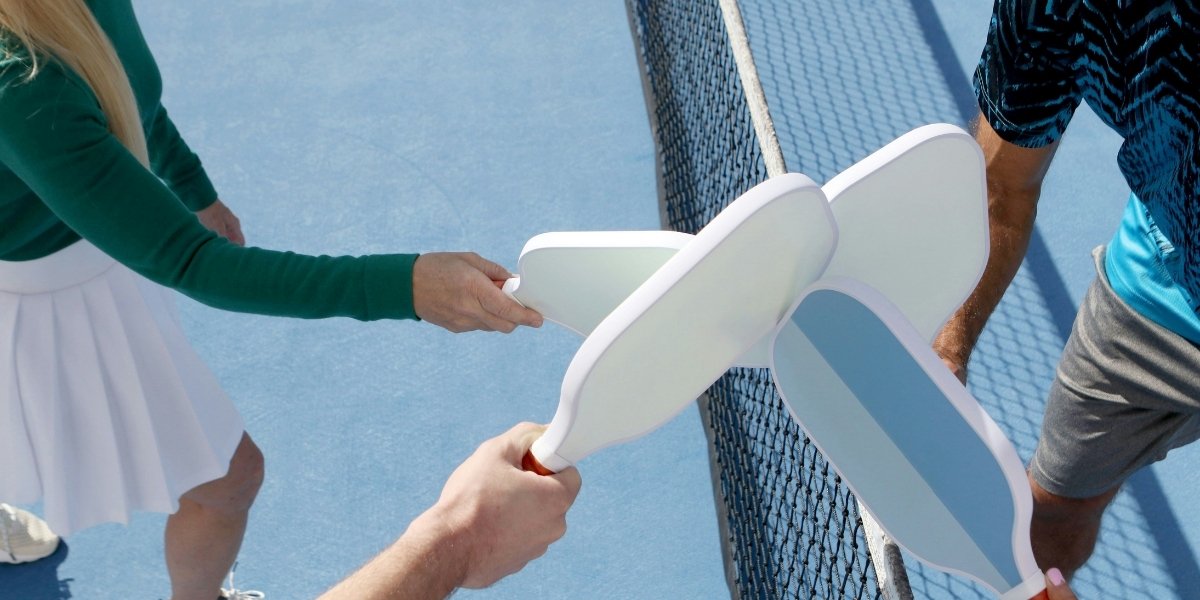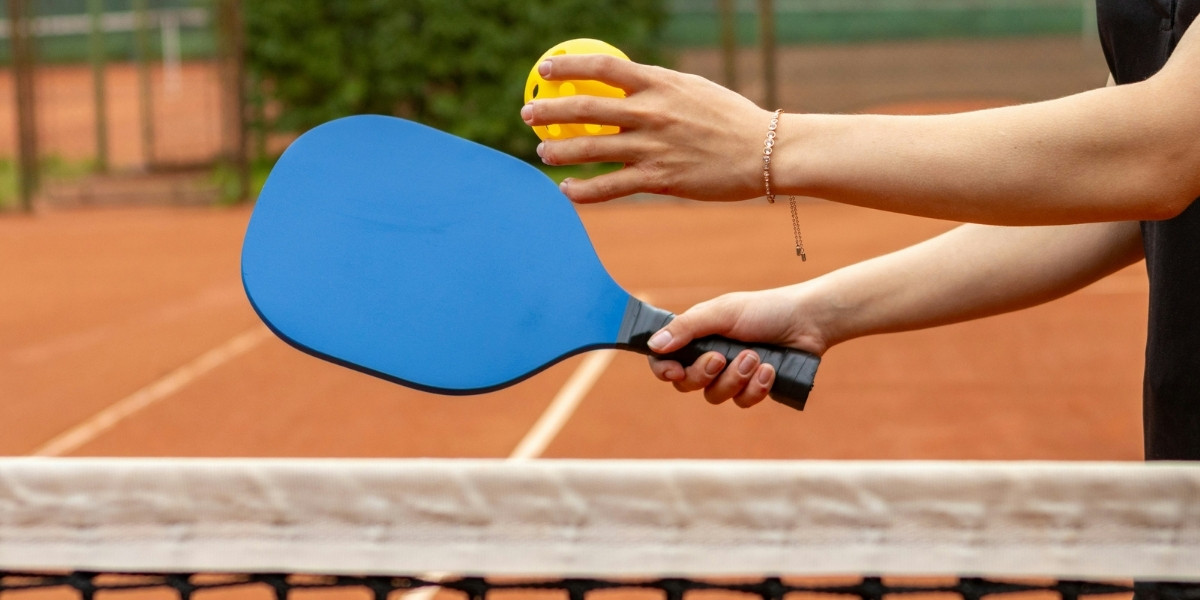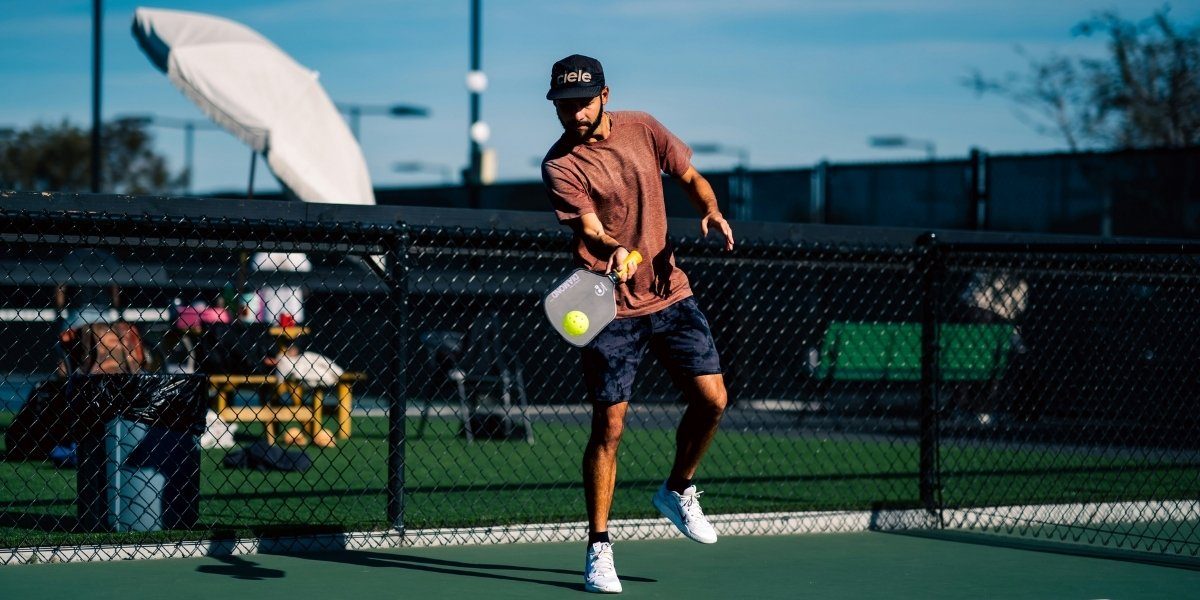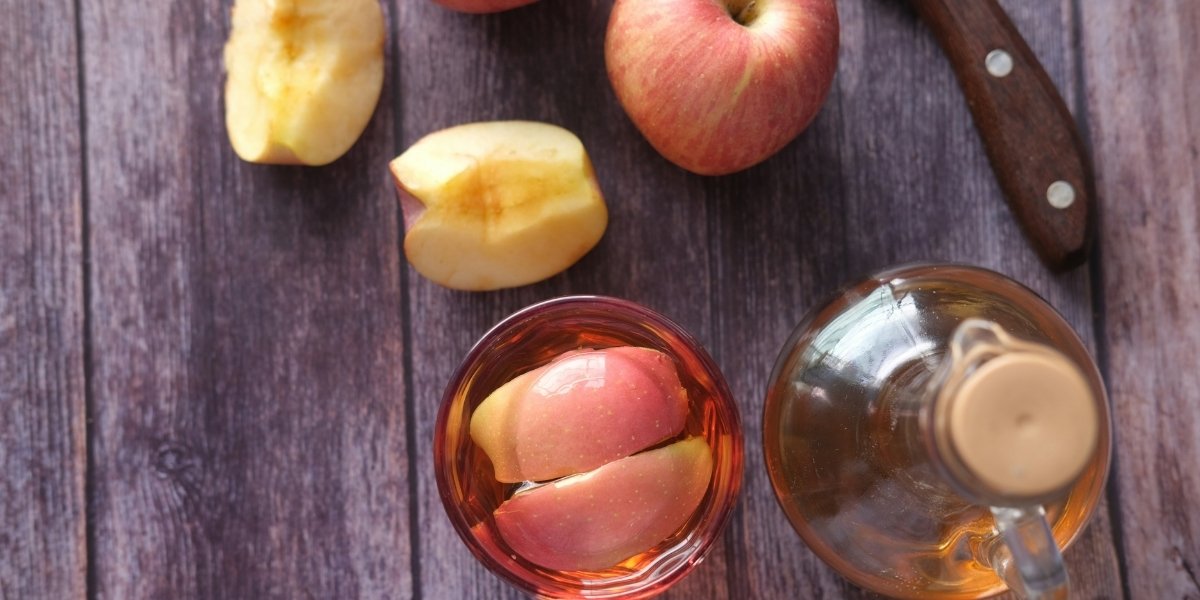Pickleball, a vibrant and rapidly growing sport, has transcended its image as a casual backyard game to become a dynamic and incredibly effective avenue for a full-body workout. Combining elements of tennis, badminton, and table tennis, its unique blend of quick movements, strategic play, and bursts of activity engages nearly every muscle group, offering a comprehensive fitness experience. From the competitive courts to casual rallies, pickleball provides an accessible yet challenging way to boost cardiovascular health, build strength, enhance agility, and sharpen mental acuity, proving that fitness can indeed be fun and social.
Read Also: How Yogilates Enhances Mind and Body Fitness
The game’s appeal lies in its deceptively simple nature. Played on a smaller court with solid paddles and a plastic Wiffle ball, pickleball’s modified rules and equipment make it less physically demanding on the joints than sports like tennis, yet still incredibly effective for burning calories and building endurance. This lower impact aspect makes it particularly appealing to a wide range of ages and fitness levels, from seasoned athletes looking for a new challenge to older adults seeking an engaging way to stay active without excessive strain.
Ultimately, delving into the mechanics of pickleball reveals a meticulously designed activity that inadvertently promotes holistic well-being. The constant motion, precise paddle work, and strategic decision-making required for gameplay contribute to not just physical conditioning but also mental sharpness and social engagement. This guide will explore how pickleball provides a powerful full-body workout, breaking down its benefits and offering insights into maximizing its fitness potential.
How Does Pickleball Engage Your Entire Body for a Comprehensive Workout?
Pickleball is a masterclass in engaging multiple muscle groups simultaneously, providing a truly comprehensive workout that targets both upper and lower body, as well as core strength. The lower body, including quadriceps, hamstrings, and calves, is constantly activated through lunges, quick sprints, and rapid directional changes as players move to cover the court and retrieve shots. These dynamic movements are crucial for agility and power, contributing to enhanced leg strength and endurance.

Photo Credit: Unsplash.com
The upper body also receives a significant workout with every swing of the paddle. The deltoids (shoulders), biceps, and triceps are continuously engaged in serving, volleying, and executing precise dinks and drives. The repetitive yet varied motions involved in striking the ball build strength and endurance in the arms and shoulders, while the forearm muscles are consistently challenged by the need for a firm grip and precise paddle control. It’s akin to a functional strength training session disguised within a game.
The core muscles, encompassing the abdominals and obliques, are constantly at work to maintain balance, stabilize the body during quick pivots, and generate rotational power for powerful shots. Every reach, twist, and sudden stop relies on a strong and engaged core, which is vital for overall agility and injury prevention on the court. This integrated muscle activation, from head to toe, ensures that pickleball offers a balanced workout that tones and strengthens diverse muscle groups, promoting overall fitness and physical health.
What Are the Cardiovascular and Strength Benefits of Playing Pickleball?
At first glance, pickleball might appear to be a gentle sport, but its continuous movement and bursts of activity provide an excellent cardiovascular workout. The game involves short sprints, quick lateral shuffles, and sudden stops and starts, which elevate the heart rate into a moderate to vigorous intensity zone. This interval-training-like nature, with periods of high exertion followed by brief recovery, is highly effective for boosting cardiovascular endurance, improving heart health, and enhancing stamina over time. Regular play can lead to better blood pressure regulation and cholesterol levels.
Beyond its aerobic advantages, pickleball also serves as a fantastic form of strength training, leveraging bodyweight and resistance from paddle movements. Every lunge to reach a drop shot strengthens the quadriceps and glutes, while explosive movements to sprint to the net build powerful hamstrings and calves. The continuous engagement of these lower body muscles helps to improve muscular endurance and overall leg power, essential for court coverage and agile footwork.
The upper body and core, as previously mentioned, are also continuously working. The shoulders and arms gain strength from the repetitive swinging motions, improving the force and control behind serves and volleys. The core’s constant stabilization during twists and turns strengthens the abdominal and oblique muscles, which are crucial for generating power and maintaining balance. This combination of dynamic movement and repetitive muscle engagement makes pickleball an effective way to tone muscles throughout the body without the need for traditional gym equipment, enhancing both strength and overall muscular endurance.
How Does Pickleball Improve Agility, Flexibility, and Mental Acuity?
Pickleball is a dynamic sport that inherently demands and cultivates superior agility. The fast-paced nature of rallies requires players to react quickly, change directions swiftly, and execute precise footwork to position themselves optimally for each shot. These rapid lateral movements, quick pivots, and sudden bursts of acceleration and deceleration significantly enhance reflexes, sharpen footwork, and improve overall body control. Over time, consistent play leads to noticeable improvements in balance and coordination, making players more nimble and responsive on and off the court.
Beyond physical agility, pickleball also offers remarkable benefits for flexibility. The varied movements involved in the game—reaching for wide shots, bending low for dinks, and stretching for overhead returns—naturally encourage a greater range of motion in the arms, shoulders, legs, and torso. Regular participation helps to elongate muscles and maintain joint flexibility, particularly in the hips and shoulders, which are crucial for preventing injuries and improving overall physical performance. This continuous stretching and twisting contribute to a more limber and fluid body.

Photo Credit: Unsplash.com
Pickleball is as much a mental workout as it is a physical one, significantly boosting cognitive function. The strategic nature of the game requires quick thinking, on-the-spot decision-making, and anticipating opponents’ moves. Players must constantly analyze the ball’s trajectory, plan their next shot, and adjust their court position, all in a matter of seconds. This intense mental engagement enhances concentration, problem-solving skills, and hand-eye coordination, which translates to improved cognitive fitness and sharper reflexes in daily life, providing a truly holistic fitness experience.
Is Pickleball Accessible for All Fitness Levels, and How Can You Get Started?
One of pickleball’s most appealing attributes is its remarkable accessibility, making it suitable for people of all ages and fitness levels. Its low-impact nature means it’s gentle on the joints, offering an excellent alternative for those who find high-impact sports too strenuous or are managing joint issues. The smaller court size and underhand serve further contribute to its accessibility, allowing beginners to quickly grasp the basics and enjoy competitive play without feeling overwhelmed. This adaptability ensures that anyone, from young children to seniors, can participate and reap its numerous health benefits.
Getting started with pickleball is straightforward and requires minimal specialized equipment. You’ll need a paddle (typically made of wood, composite, or graphite), a plastic Wiffle ball, and comfortable athletic shoes. Many community centers, YMCA branches, and local parks now feature dedicated pickleball courts, or often repurpose tennis courts with temporary lines and nets. It’s common to find open play sessions where players rotate in and out, providing an excellent opportunity to learn the rules, meet new people, and find playing partners.
Read Also: How Outdoor Fitness is Shaping the Future
For those looking to maximize the full-body workout potential of pickleball, focusing on consistent play and incorporating targeted exercises can be beneficial. Regular games, aiming for 3-4 times a week, will build cardiovascular endurance and muscle strength. Additionally, integrating off-court exercises like squats, lunges, planks, and rotational drills can further enhance power, agility, and core stability, complementing the movements performed during gameplay. Whether you’re aiming for competitive mastery or simply a fun way to stay active, pickleball offers a welcoming and effective path to a healthier, more engaged lifestyle.







